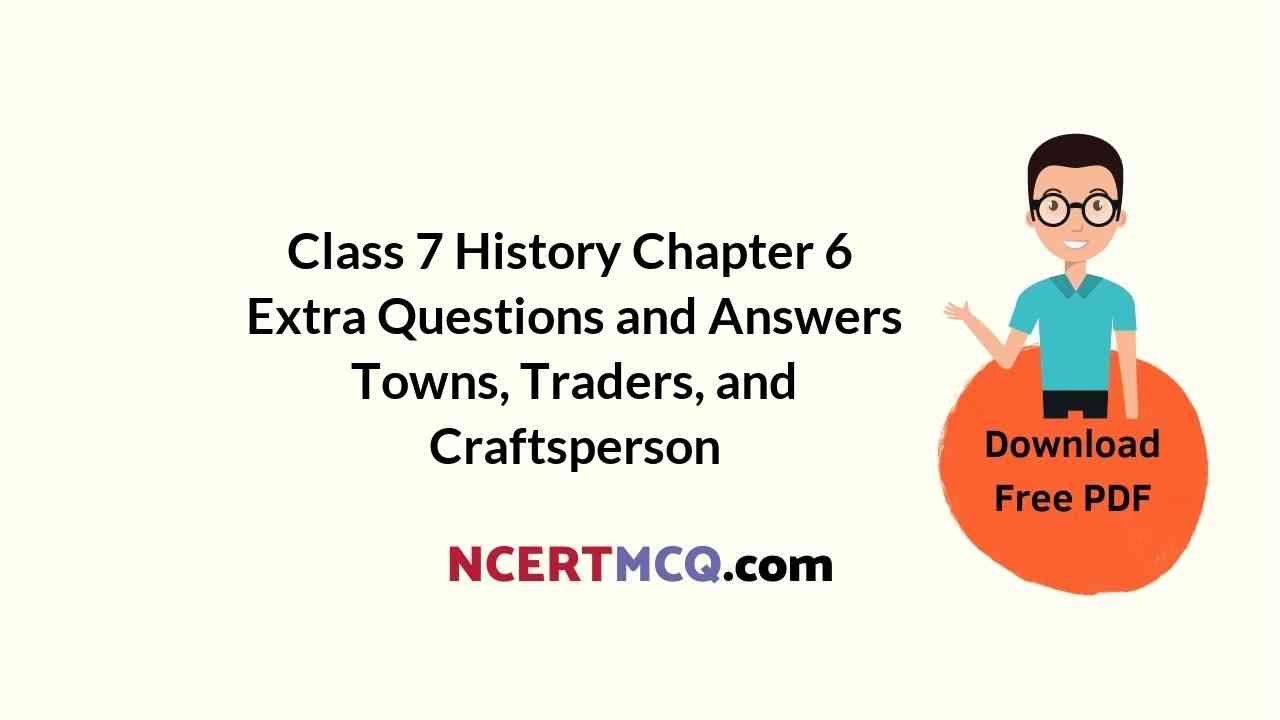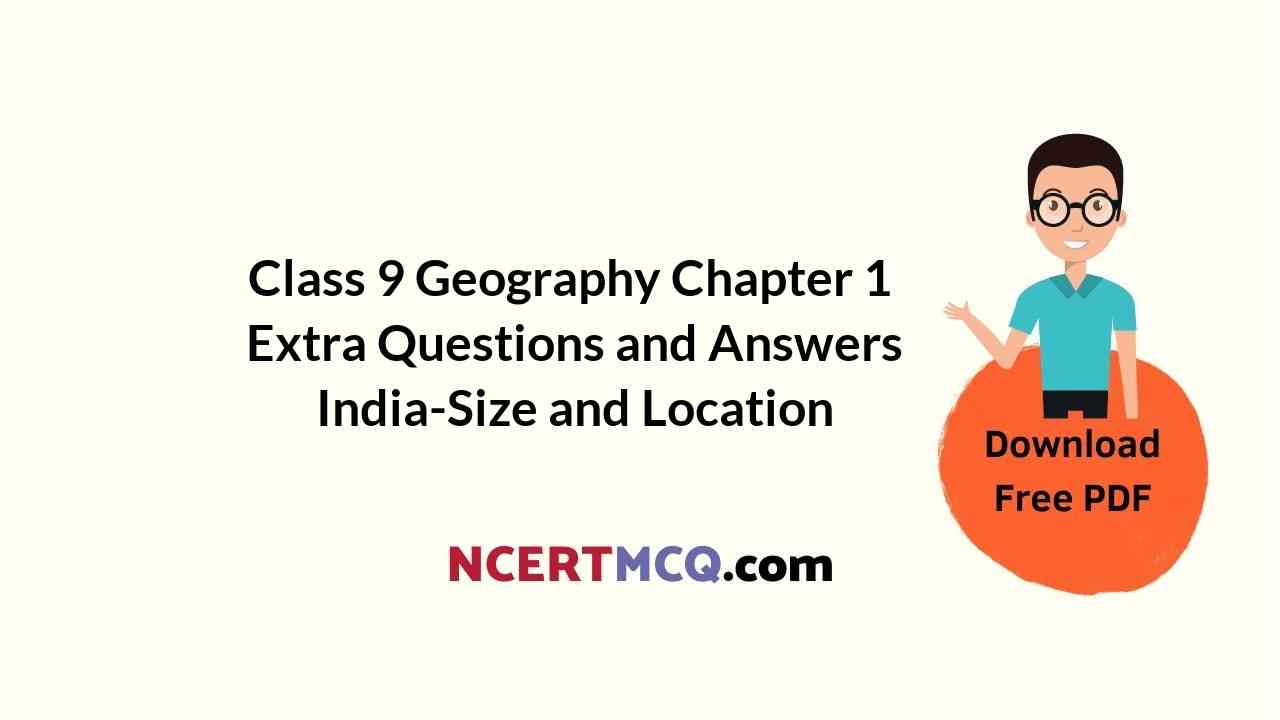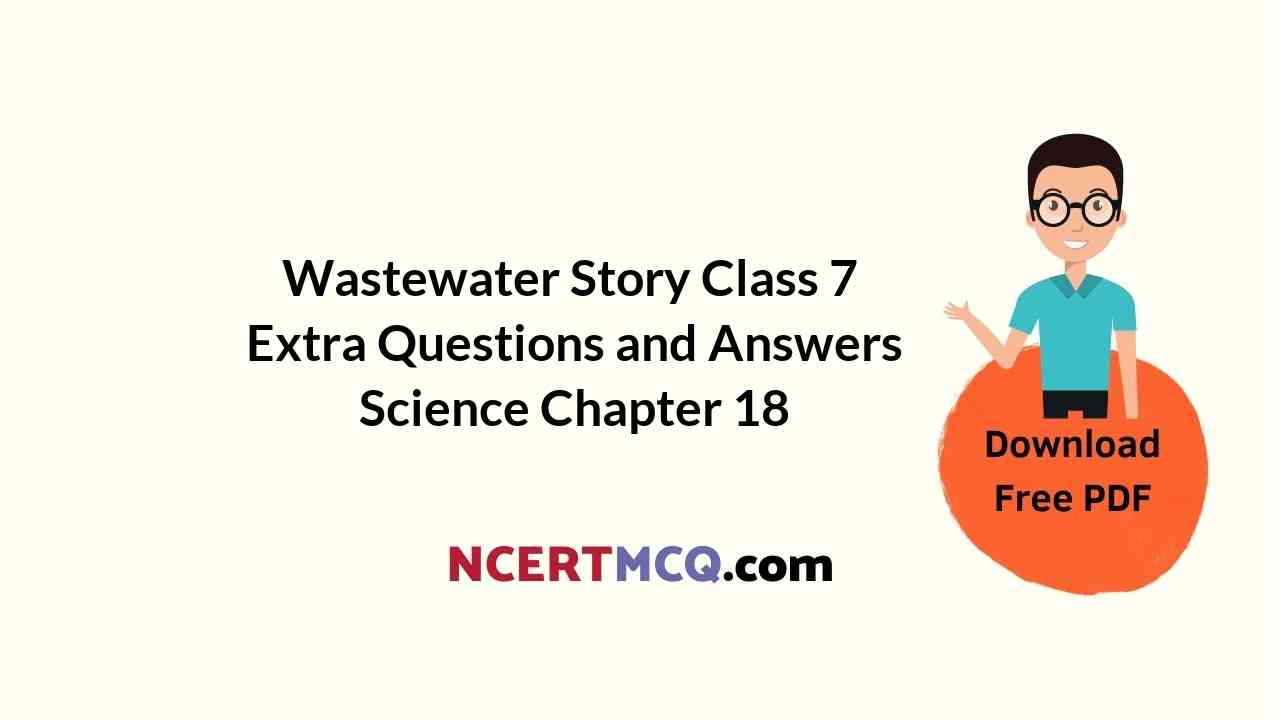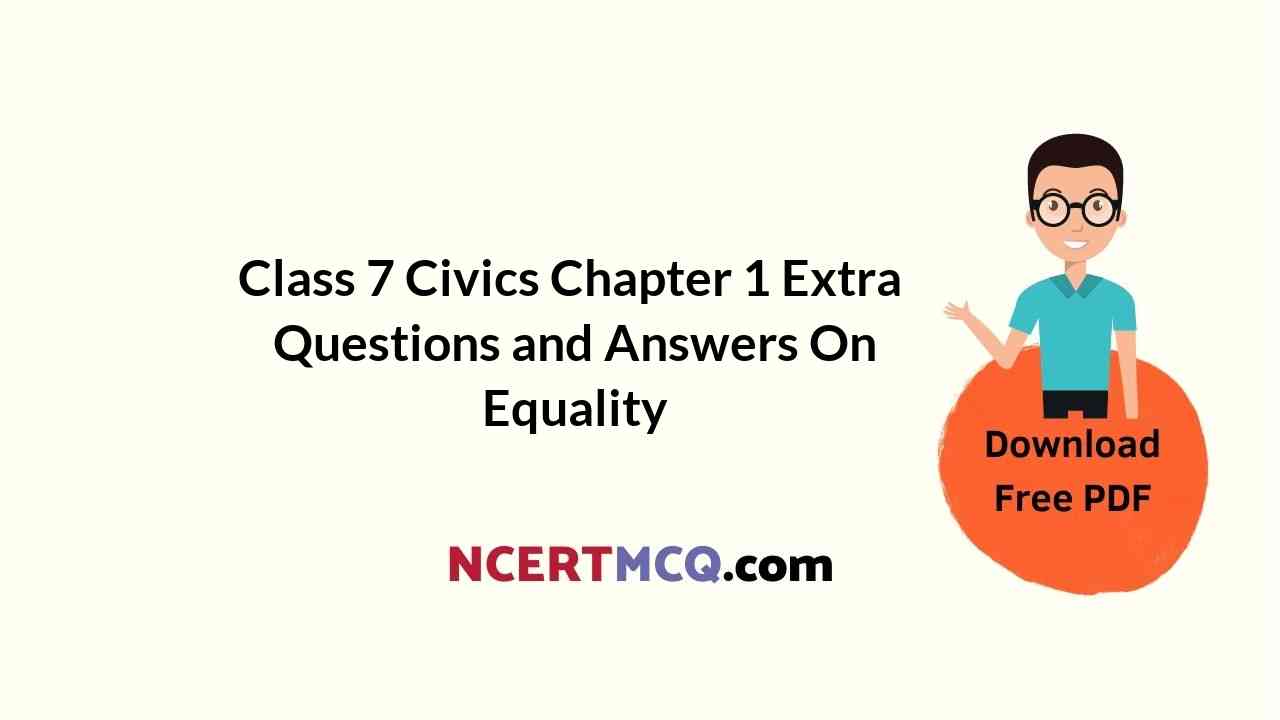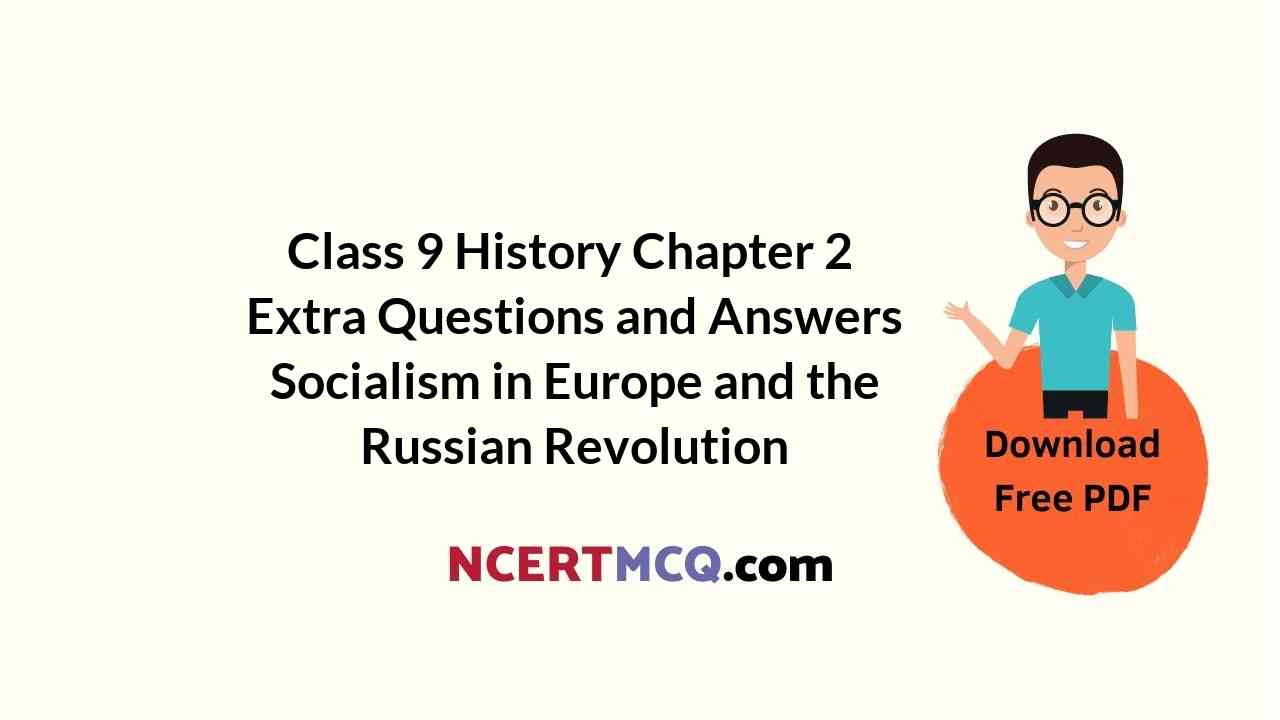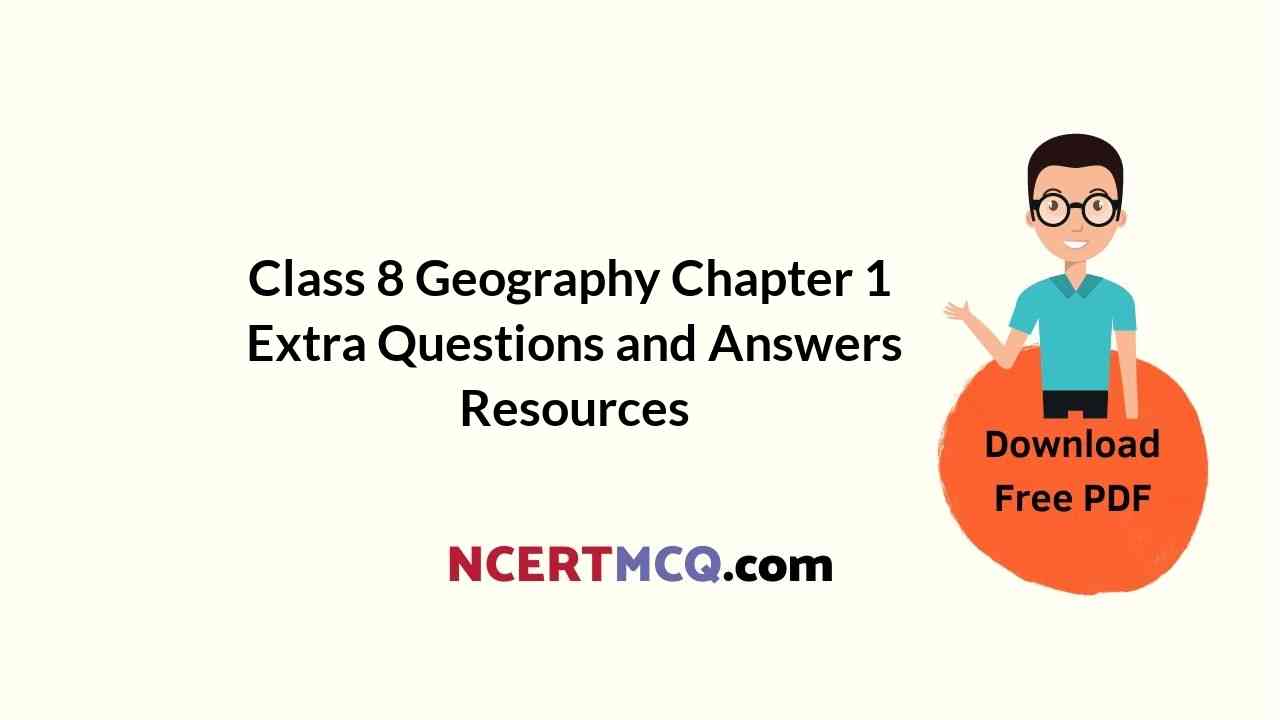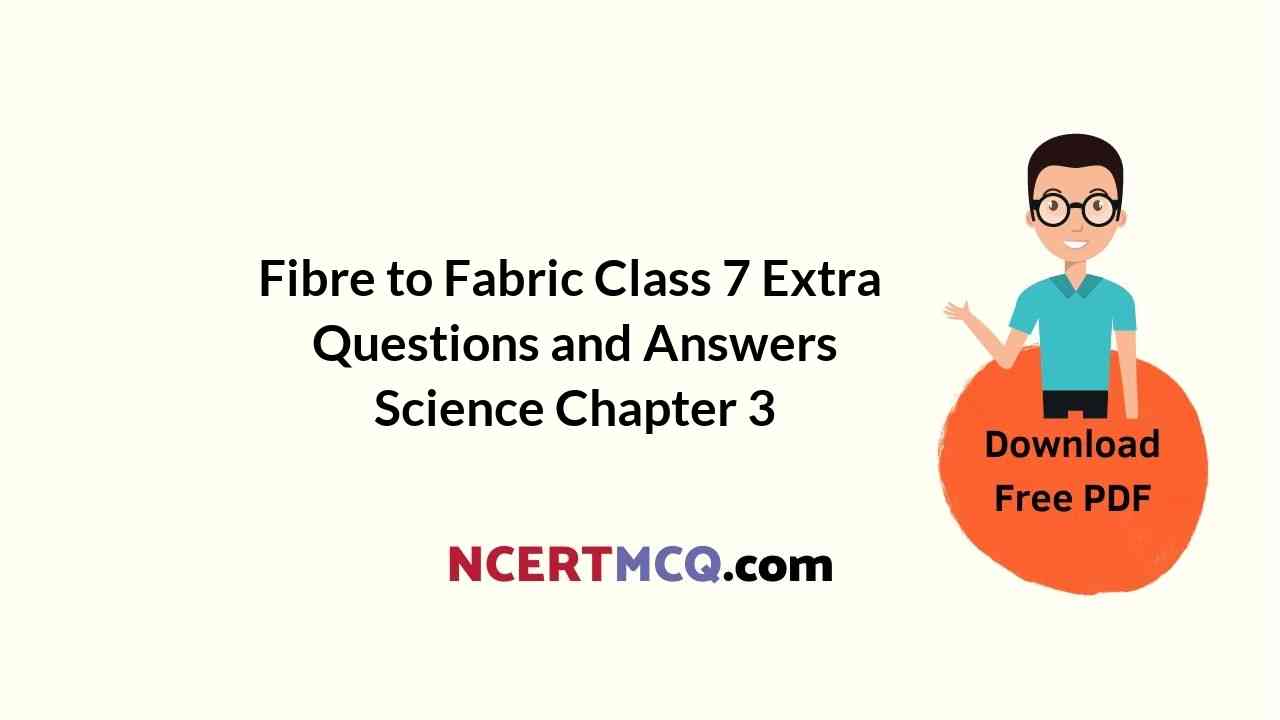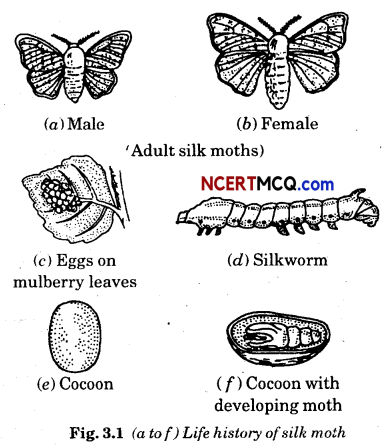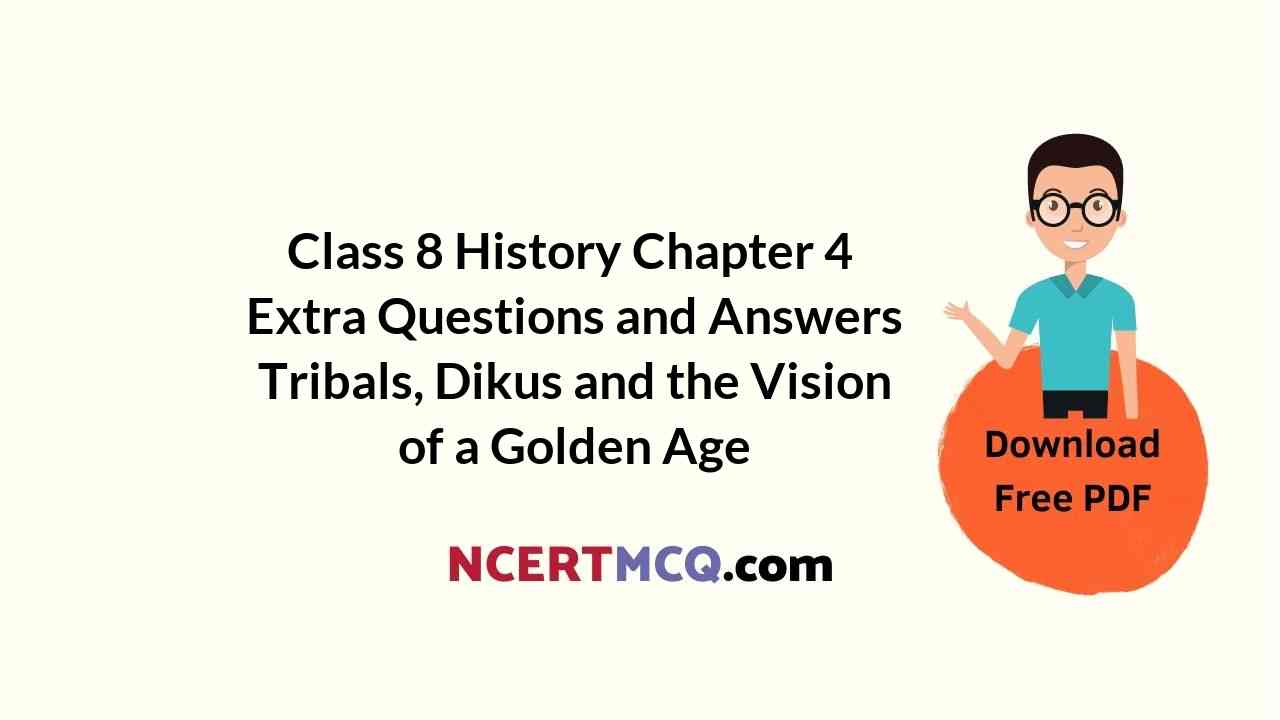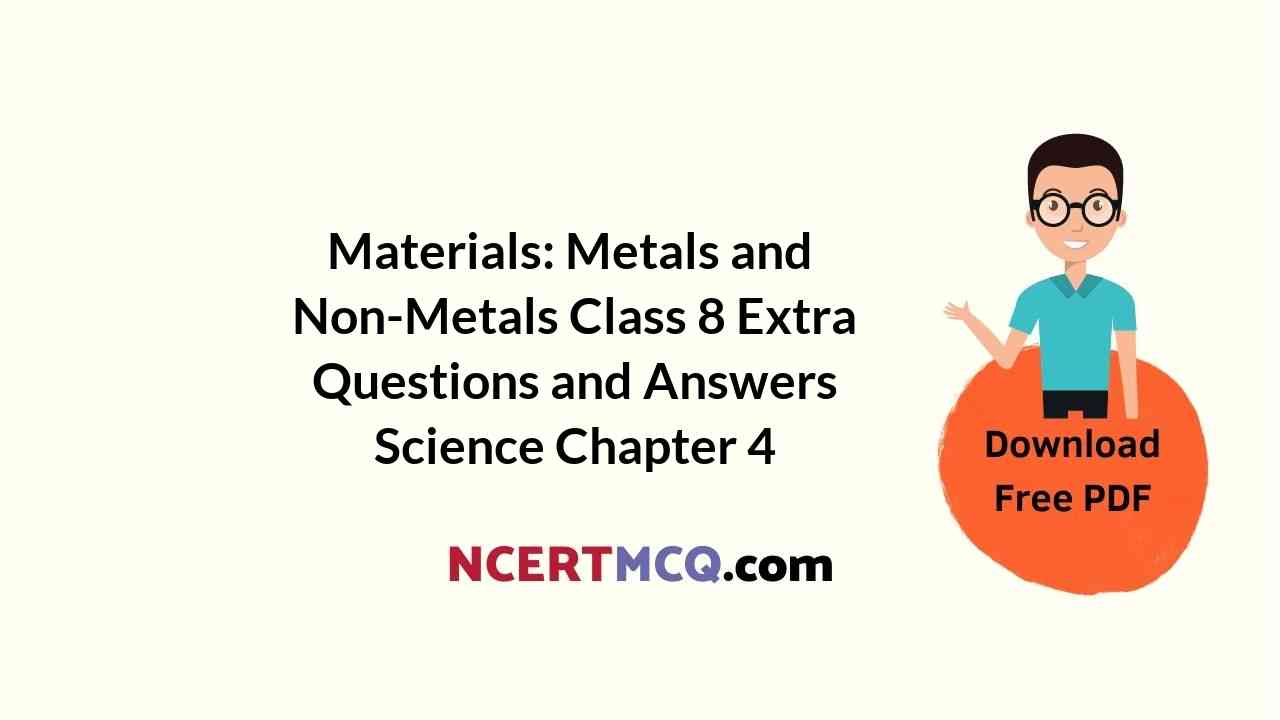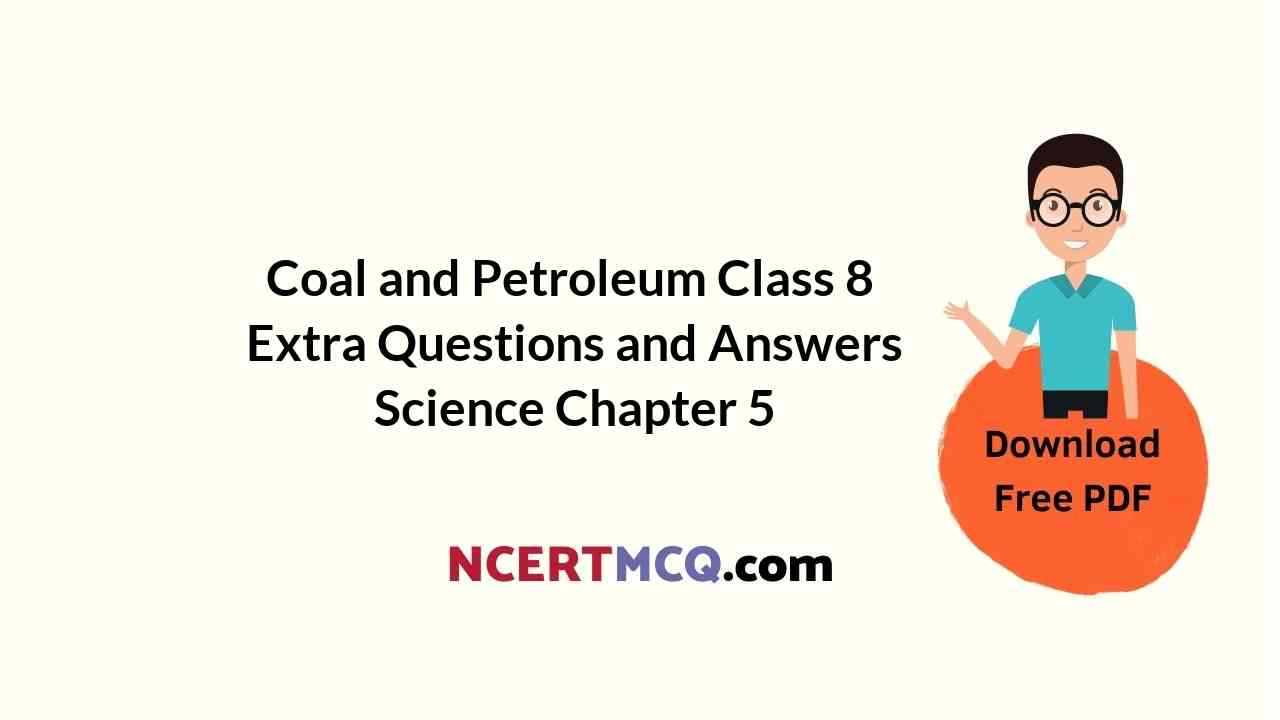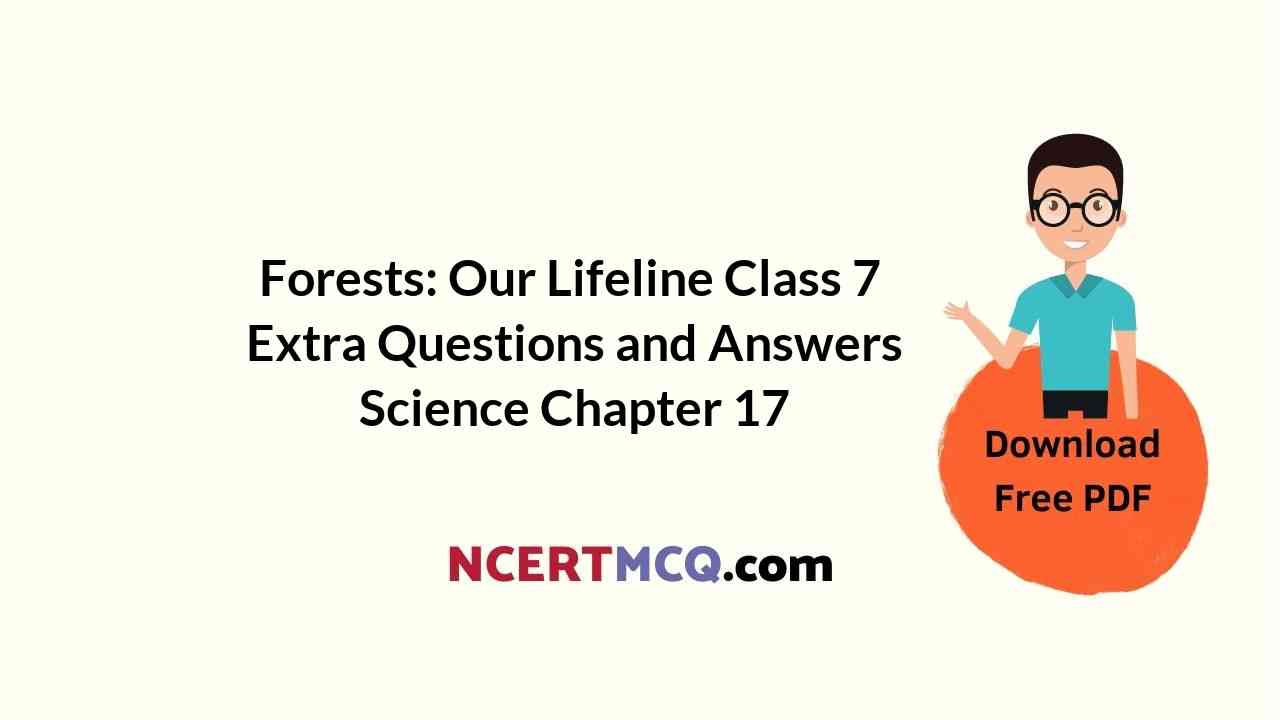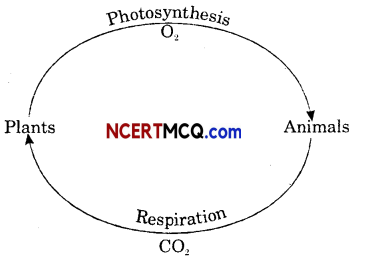Check the below Online Education NCERT MCQ Questions for Class 7 History Chapter 6 Extra Questions and Answers Towns, Traders, and Craftsperson with Answers Pdf free download. https://ncertmcq.com/extra-questions-for-class-7-social-science/
Online Education for Towns, Traders, and Craftsperson Class 7 Extra Questions History Chapter 6
Class 7 History Chapter 6 Extra Questions And Answers Question 1.
Who was the architect of Rajarajeshvara temple in Thanjavur?
Answer:
Kunjaramallan Rajaraja Perun- thachchan was the architect of Rajarajeshvara temple in Thanjavur.
Towns, Traders And Craftspersons Class 7 Questions And Answers Question 2.
Where were bronze idols made in south India?
Answer:
In the town of Svamimalai, sculptors (chapatis) made exquisite bronze idols and tall, ornamental bell metal lamps.
Class 7 History Chapter 6 Extra Questions Question 3.
Which lake exists near Ajmer?
Answer:
The famous and ancient Pushkar lake exists near Ajmer.
Towns Traders And Craftspersons Class 7 Extra Questions And Answers Question 4.
Name two famous guilds of south Indian traders.
Answer:
The two famous guilds of south Indian traders were-Manigramam and Nanadesi.
![]()
Class 7 History Ch 6 Extra Questions Question 5.
Name some famous trading communities of the subcontinent.
Answer:
Chettiars, Marwari Oswal, Gujarati Baniyas, Muslim Bohras were some of the famous trading communities of the subcontinent.
Ncert Solutions For Class 7 History Chapter 6 Extra Questions Question 6.
What is the most significant aspect of the Hampi fort?
Answer:
In the construction of Hampi fort, no mortar or cementing agent was used. The wall was made by wedging Stone bricks together by interlocking.
Ncert Class 7 History Chapter 6 Extra Questions Question 7.
Which festival was celebrated in the Virupaksha temple?
Answer:
The festival of Mahanavmi or Navaratri was one of the most important festivals celebrated in Virupaksha temple at Hampi.
Towns Traders And Craftspersons Extra Questions Question 8.
In the 17th century which European companies had their factories in Surat?
Answer:
In the 17th century, Portuguese, Dutch and English had their factories and warehouses at Surat.
![]()
Towns Traders And Craftspersons Class 7 Questions And Answers Question 9.
On which river, Masulipatnam town flourished?
Answer:
The town of Masulipatnam flourished on the delta of the Krishna river.
Towns, Traders And Craftspersons Class 7 Worksheets With Answers Question 10.
What was the significance of Surat hundis?
Answer:
The Surat hundis were honoured in the far-off markets of Cairo in Egypt, Basra in Iraq and Antwerp in Belgium.
Question 11.
Name the trading groups in Masulipatnam.
Answer:
The Golconda nobles, Persian merchants, Telugu Komati Chettis and European traders were the trading groups in Masulipatnam.
Question 12.
What was the “system of advances”?
Answer:
The system of advances, while system under which craftspersons like weavers were given advance payments so that they had to weave cloths for European agents only.
![]()
Question 13.
What were the main features of medieval towns?
Answer:
The main features of medieval towns were as under:
- The towns probably emerged from large villages.
- Towns had mandapika (or mandi of later times) to which nearby villages brought their produce to sell.
- Towns also had market streets called hatta lined with shops.
- There were streets for different kinds of artisans such as potters, oil pressers, sugarmakers, toddy makers, smiths, stonemasons, etc.
Question 14.
How was the architecture of Hampi distinctive?
Answer:
Due to following reasons, the architecture of Hampi was distinctive :
- The buildings in the royal complex had splendid arches, domes and pillared halls with niches for holding sculptures.
- There were well-planned orchards and pleasure gardens with sculptural motifs such as lotus and corbels.
- The Wall of Hampi fort was constructed without using mortar or cement. The technique of wedging bricks together by interlocking was used.
![]()
Question 15.
What were the causes of decline of Surat as a commercial town?
Answer:
- From 17th century onwards the town of Surat began to decline in the commercial activities.
- The main cause was loss of markets and productivity because of the decline of the Mughal Empire.
- Sea routes were controlled by Portuguese.
- The newly built Bombay port gave tough English competition to the port of Surat.
- East India Company shifted its headquarters to Bombay in 1668.
Question 16.
Why did Masulipatnam port decline?
Answer:
- The Dutch and English Companies had settled in Masulipatnam.
- But the Qutb Shahi rulers of Golconda exerted their influence on the trade and settlement in the port city of Masulipatnam.
- After Mughal occupation of Golconda, Mughal Governor Mir Jumla who was also a merchant, began to play off the Dutch and English against each other.
- Due to this the European Companies looked for alternatives and hence, they developed the port city of Madras.
- Thus, Masulipatnam lost both its merchants and prosperity and declined.
Question 17.
How was the Indian textile business affected when the European Companies entered in it?
Answer:
The Indian textile business was affected when the European Companies entered it in the following ways :
- The demand of Indian textiles increased manifolds.
- This led to a great expansion of the crafts of spinning, weaving, bleaching, dyeing, etc.
- The employment opportunities also increased.
- Indian textile designs became increasingly refined.
- But due to the system of advances, the independent craftspersons declined.
- Indian traders, weavers, and merchants had to live in “Black Towns” whereas “White” people lived in superior residencies of Fort St. George in Madras or Fort St. William in Calcutta.
Multiple Choice Questions (MCQs)
1. What type of towns existed in the medieval period?
(a) Temple towns
(b) Administrative centres
(c) Commercial centres
(d) All of these.
Answer:
(d) All of these.
2. Who was the architect of Rajarajeshvara temple in Thanjavur?
(а) Kunjaramallan Rajaraja Perunthachchan
(b) Iltutmish
(c) King Rajaraja Chola
(d) Todar Mai.
Answer:
(а) Kunjaramallan Rajaraja Perunthachchan.
3. Which were the neighbouring towns of Thanjavur?
(a) Fatehpur Sikri, Agra and Mathura
(b) Uraiyur and Swamimalai
(c) Madras, Kanchipuram and Mahabalipuram
(d) Kamalapuram, Hampi and Bijapur
Answer:
(b) Uraiyur and Swamimalai.
![]()
4. Which one of the following important temple towns of Indian subcontinent emerged in the medieval period?
(а) Gaya in Bihar
(b) Ayodhya in Uttar Pradesh
(c) Vrindavan in Uttar Pradesh
(d) Rajgir in Bihar.
Answer:
(c) Vrindavan in Uttar Pradesh.
5. Which one of the following famous and ancient lakes exists near Ajmer?
(a) Naini lake
(b) Pushkar lake
(c) Chilka lake
(d) Dal lake
Answer:
(b) Pushkar lake.
6. Which of the following were the famous guilds of South Indian traders?
(a) Manigramam
(b) Nanadesi
(c) Chettiars
(d) Both (a) and (b).
Answer:
(d) Both (a) and (b).
7. Which of the following is the famous trading community of Indian subcontinent?
(a) Chettiars
(b) Marwari Oswal
(c) Muslim Bohras
(d) All of them.
Answer:
(d) All of them.
![]()
8. Which one of the following is the most important aspect of the Hampi city?
(а) Cementing agent was used for the first time.
(b) Mortgr was used for the first time.
(c) No mortar or cementing agent was used, but the wall was made by wedging stone bricks together by interlocking.
(d) The wall was made of steel plates
Answer:
(c) No mortar or cementing agent was used, but the wall was made by wedging stone bricks together by interlocking.
9. Which temple was constructed in Hampi?
(а) The Sun Temple
(b) The Virupaksha Temple
(c) The Ganga Temple
(d) The Vishnu Temple
Answer:
(b) The Virupaksha Temple.
10. In the seventeenth century, which European companies had their factories in Surat?
(a) Portuguese
(b) Dutch
(c) English
(d) All of these.
Answer:
(d) All of these.
11. Why did the Qutb Shahi rulers of Golconda impose royal monopolies on the sale of textiles, spices and other items?
(a) To control price rise.
(b) To prevent the trade passing completely into the hands of the various East India Companies.
(c) To increase agricultural production.
(d) To increase revenue.
Answer:
(b) To prevent the trade passing completely into the hands of the various East India Companies.
Important Years Or Periods:
1336: Vijayanagara empire was established.
1498:Vasco da Gama reached Calicut.
1556:Vijayanagara empire was defeated by Deccani Sultans – the rulers of Golconda, Bijapur, Ahmadnagar, Berar and Bidar.
1668:East India Company of Britain shifted its headquarters from Surat to Bombay.
1686-1687: Mughal Emperor Aurangzeb annexed Golconda.
Important Terms:
→ Emporium: A place where goods from diverse production centres are bought and sold.
→ Hundi: It is a note recording a deposit made by a person. The amount deposited can be claimed in another place by presenting the record of the deposit.
→ Factor: Official merchant of the East India, Company.
